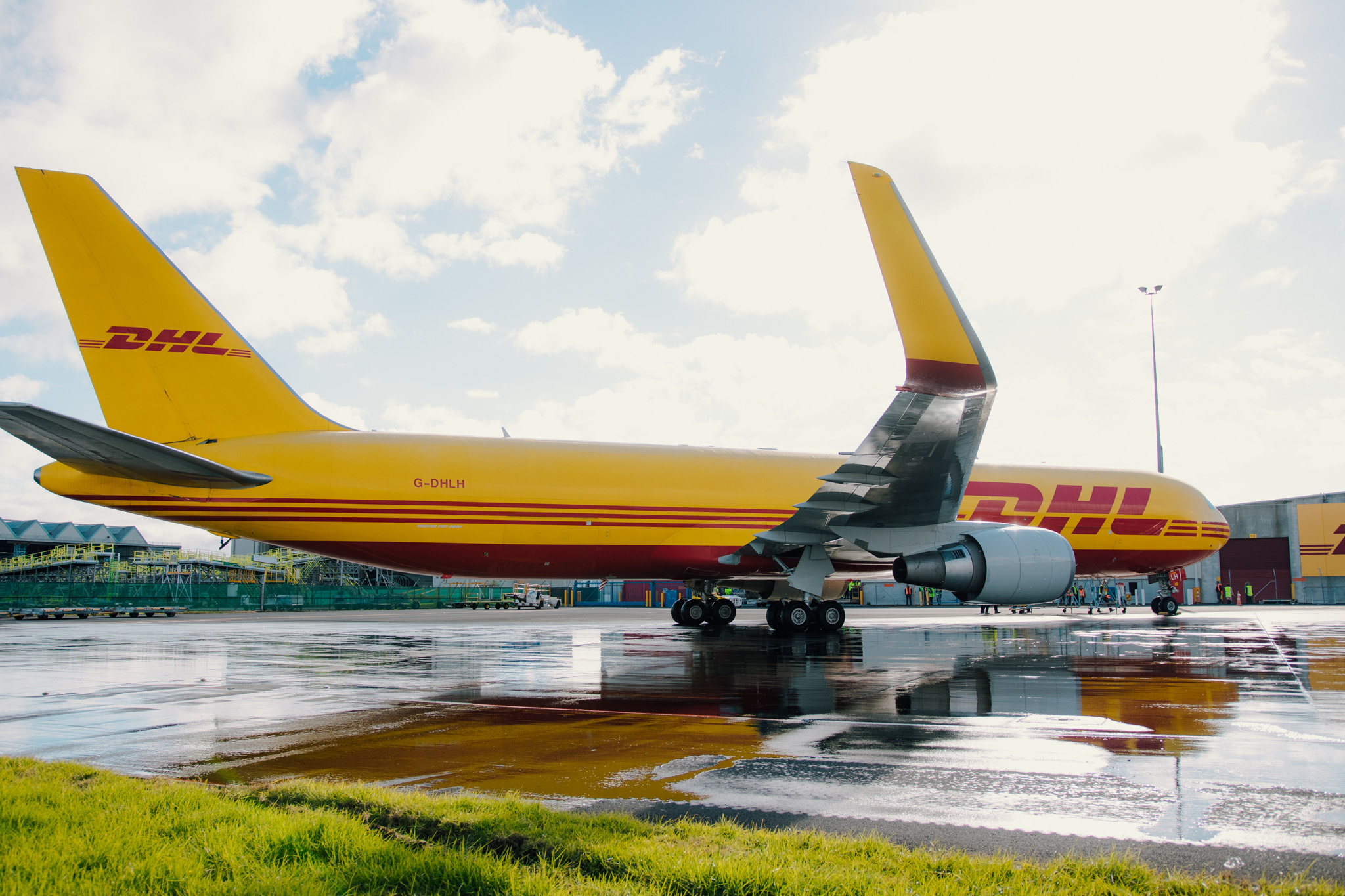The 2019 ExportNZ DHL Export Barometer released this week offers compelling insights into the state of New Zealand’s exports and a glimpse into trends and opportunities in 2020.
One of the key findings is that while offshore markets are receiving an extensive variety of Kiwi goods, New Zealand exporters have experienced a slight softening in their export orders over the past 12 months.
According to the research – which was conducted among more than 400 New Zealand exporters – 50% of Kiwi exporters experienced an increase in export orders; this is down from 52% in 2018 and 55% in 2017. Despite the softening of exports, expectations for 2020 are positive, with 61% expecting an increase in export orders. This could indicate that the demand for quality Kiwi products from international markets will always be there, but Kiwi exporters need to be nimble in their approach to get their products out globally.
Kiwi exporters have indicated they are more cautious about the international marketplace, with the cost of exporting at the forefront of their concerns. Kiwi exporters have cited ‘the level of the New Zealand dollar’ and ‘concern about increasing costs in New Zealand due to coming industrial regulation’ as the two major barriers to exporting. While the increased costs may not have directly affected them personally yet, it remains a concern as the international trade dispute escalates.
DHL Express New Zealand Country Manager Mark Foy said that this year’s results highlight that Kiwi exporters should prepare for challenges ahead, but it is pleasing to see Kiwi businesses remaining confident for the coming year.
“The number of New Zealand exporters investing in innovation, new product development and sustainable initiatives to reach international audiences is a testament to the strength of our exporting community here in New Zealand and the reason why the rest of the world will always want our Kiwi goods.”
In the ever-changing global marketplace, Kiwi ingenuity has proven once again to be the main driver among the New Zealand exporting community with just under half of Kiwi exporters surveyed tapping into new initiatives to reach international markets. The results also indicated that Kiwi exporters are getting behind a sustainable future, with 49% implementing sustainable initiatives.
ExportNZ executive director Catherine Beard said, “The sentiments of Kiwi exporters are upbeat in the face of considerable international uncertainty. However, despite the confidence to manage the uncertainty, there remain strong concerns with staying competitive in the face of increasing industrial relations costs, which weighs on small to medium-sized firms when they make export decisions.”
Challenges ahead and what’s next for exporters:
Sustainable Future
2019 has been the year of focus on climate change and the impact that everyday life is having on the natural environment. This has led to a change in the way things were once done for many Kiwi exporters, with 49% indicating they have made a conscious effort to make a positive impact on the environment. These include the implementation of recyclable / biodegradable packaging, removing plastic, managing waste and utilising electric vehicles. DHL is also taking a stand to be more sustainable, launching its first fleet of electric delivery vehicles in New Zealand earlier this year, with an aim to reduce all logistics-related carbon emissions to net zero by 2050.
This year, over 170 DHL Express New Zealand customers have signed up for DHL’s GoGreen Carbon Neutral service, which allows them to opt for an environmentally responsible shipping option and helps to combat climate change by offsetting emissions throughout the transportation of shipments.
Cost of exporting
Surveyed exporters have expressed their concerns about the New Zealand dollar, with 38% of Kiwi exporters citing this as a major concern – a 13% increase from 2018. Furthermore, the survey indicated that exporters are showing apprehension around the increasing costs in New Zealand due to the coming industrial regulation, with 29% citing this as a concern.
Exporters look to the government for support
29% of exporters agree that attending trade shows with other New Zealand companies is a strategic way the New Zealand Government could support international business growth and a further 25% said that more help with non-tariff barriers (market access, regulations in other countries) is needed. More than half of respondents rated ‘ExportNZ’s national advocacy of free trade negotiations, and working with Ministers and Government agencies to reduce trade barriers and make exporter concerns known’ as one of the most important factors to export growth.
Tapping into the digital world
Many Kiwi exporters are still not tapping on the digital potential, with 47% of those surveyed not utilising any digital platforms to generate online orders, an increase from 42% in 2018. This may also indicate that a large number of Kiwi exporters are selling to other businesses and distributors (who are not present on social media), rather than to end consumers.
Of those that do utilise the internet, company websites and Instagram are the top two online platforms, with the number of Kiwi exporters generating 80 – 100% of export orders online increasing four percentage points (from 19% in 2018 to 23% in 2019), and the number of exporters who are not generating any online orders decreasing from 30% in 2018 to 28% in 2019.




